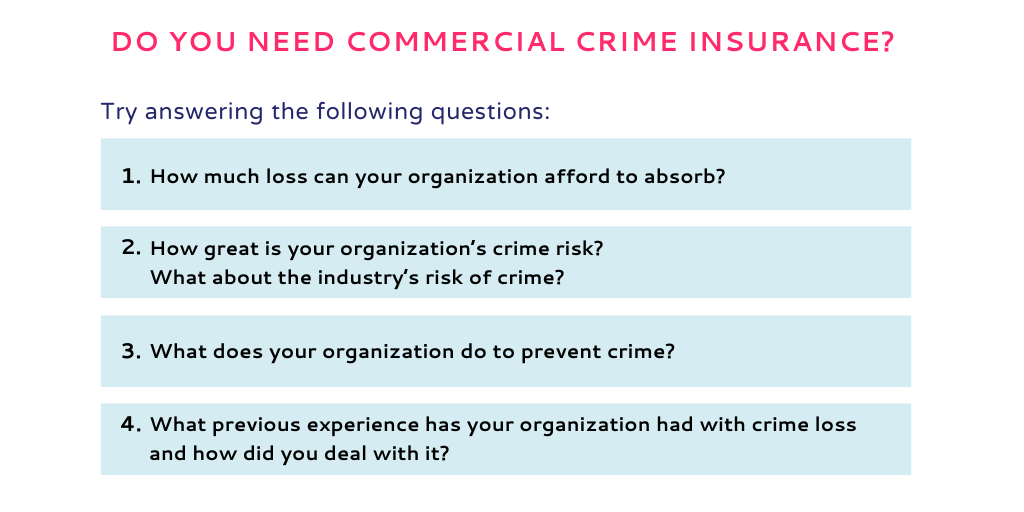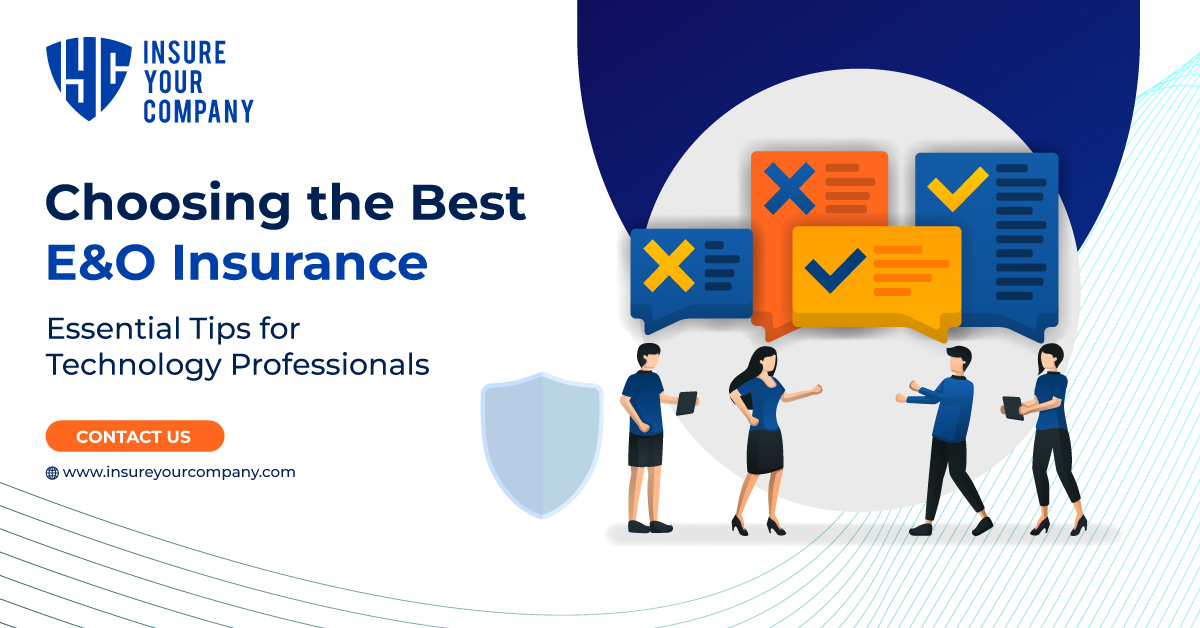Cyber Attack, Employee Fraud, and Product Recall Insurance: Outlook for SMBs in 2025
In 2025, small and medium – sized businesses (SMBs) face significant risks from cyber attacks, employee fraud, and product recalls. Don’t miss out on protecting your business! A SEMrush 2023 study shows data breaches cost an average of $3.86 million globally, and an expected $40B in losses from AI – driven scams by 2027. Premium cyber attack, employee fraud, and product recall insurance can save you from financial ruin. Compare these to counterfeit or insufficient models, and get the best price guarantee. Free installation is included for some policies. Act now for your business’s future!
Cyber Attack Insurance for SMBs 2025
Did you know that in the insurance provider’s Cyber Threat Index 2025, 58% of claims started with certain compromises? This shows the increasing prevalence of cyber – attacks and the importance of cyber attack insurance for small and medium – sized businesses (SMBs) in 2025.
Types of Cyber Attacks Leading to Insurance Claims
Data breaches
Data breaches are one of the most common cyber – attacks that lead to insurance claims. For example, a small e – commerce business might have its customer database hacked, resulting in the exposure of personal and financial information. This can lead to legal liabilities, loss of customer trust, and significant financial losses. According to a SEMrush 2023 Study, data breaches cost companies an average of $3.86 million globally.
Pro Tip: SMBs should conduct regular security audits of their data storage systems to identify and fix potential vulnerabilities before a breach occurs.
Ransomware attacks
Ransomware attacks involve cybercriminals encrypting a company’s data and demanding a ransom for its release. A local manufacturing SMB could fall victim to a ransomware attack, halting its production processes. Many companies are forced to pay the ransom to resume normal operations.
As recommended by industry standard security tools, SMBs should have a backup and recovery plan in place. This ensures that even if they are attacked, they can restore their data without paying the ransom.
Theft of funds
Theft of funds through cyber – attacks is another significant concern. Hackers may gain access to a company’s online banking accounts and transfer funds out. A financial services SMB could be at high risk. In fact, a large number of SMBs are reporting financial losses due to such attacks.
Top – performing solutions include using multi – factor authentication for all financial transactions and regularly monitoring bank accounts for any suspicious activity.
Average Cost of Cyber – Attack Insurance Claims
The average cost of cyber – attack insurance claims varies depending on the type and severity of the attack. Data – backed research shows that for data breaches, the average claim can range from several thousand to hundreds of thousands of dollars. For example, a small software development firm that experienced a data breach might file a claim worth $50,000 to cover legal and recovery costs.
Pro Tip: SMBs should compare quotes from different insurance providers to get the best coverage at a reasonable cost.
Market Size
The market for cyber – attack insurance for SMBs in 2025 is significant. With the increasing number of cyber threats, more and more SMBs are recognizing the need for this type of insurance. Industry benchmarks suggest that the market has been growing steadily over the past few years and is expected to continue expanding.
Try our cyber – attack insurance calculator to estimate your potential coverage needs.
Factors Influencing Market Size
Several factors influence the market size for cyber – attack insurance for SMBs. The level of cyber threats is a major factor. As cybercriminals become more sophisticated, the demand for insurance increases. Also, regulatory requirements play a role. In some industries, SMBs are required to have cyber – attack insurance to comply with regulations.
A case study of a healthcare SMB shows that after new data security regulations were introduced, it immediately sought cyber – attack insurance to avoid potential fines.
Growth Factors
The growth of the cyber – attack insurance market for SMBs is driven by factors such as the increasing adoption of digital technologies. As more SMBs move their operations online, they become more vulnerable to cyber – attacks. Additionally, the growing awareness of the financial impact of cyber – attacks among SMB owners is also fueling market growth.
Pro Tip: SMBs should invest in employee training programs to raise awareness about cyber threats, which can help reduce the likelihood of attacks and potentially lower insurance premiums.
Competitive Landscape Change
The competitive landscape for cyber – attack insurance for SMBs is changing. New insurance providers are entering the market, offering more customized policies at competitive prices. This is beneficial for SMBs as they have more options to choose from. Established players are also innovating by adding new features to their policies, such as coverage for emerging threats like AI – driven attacks.
A comparison table of different insurance providers can help SMBs make an informed decision:
| Insurance Provider | Coverage Offered | Premium | Additional Benefits |
|---|---|---|---|
| Provider A | Data breaches, Ransomware | $X | 24/7 support |
| Provider B | Theft of funds, Data breaches | $Y | Free security audit |
| Provider C | All major cyber – attacks | $Z | Discount for multi – year policies |
Key Takeaways:
- Data breaches, ransomware attacks, and theft of funds are common cyber – attacks leading to insurance claims for SMBs.
- The average cost of claims varies based on the attack type.
- The market size is growing due to increasing threats and regulatory requirements.
- Growth is driven by digital adoption and awareness.
- The competitive landscape is evolving with new entrants and innovative policies.
Employee Fraud Coverage Requirements
The issue of employee fraud is a growing concern in the business world, with significant financial implications. According to recent data, fraud has a substantial impact on industries, costing billions of dollars annually. In fact, there has been a 70% increase in fraud since the pandemic, and an expected $40B in losses from AI – driven scams by 2027 (SEMrush 2023 Study).
Market Growth Potential
CAGR of Employee Fraud Detection Market (2025 – 2034): 8.97%
The employee fraud detection market is set to experience remarkable growth in the coming years. With a Compound Annual Growth Rate (CAGR) of 8.97% from 2025 to 2034, businesses are increasingly recognizing the need to invest in solutions that can detect and prevent employee fraud. For example, a mid – sized manufacturing company noticed a series of financial irregularities in their accounts payable department. By implementing an advanced fraud detection system, they were able to identify and stop an employee from embezzling funds, saving the company thousands of dollars.
Pro Tip: If you’re a business owner, start researching fraud detection solutions now to stay ahead of potential threats. Look for systems that offer real – time monitoring and reporting.
Growth of global fraud detection and prevention market (2025 – 2030): CAGR 18.7%
The global fraud detection and prevention market is also on an upward trajectory, with a CAGR of 18.7% from 2025 to 2030. This growth is driven by the increasing sophistication of fraudsters and the need for businesses to protect themselves. As more companies adopt digital technologies, the risk of employee – related fraud through digital channels also increases.
- Increased automation: Automating fraud detection processes can improve accuracy and efficiency.
- Advanced analytics: Using data analytics to identify patterns and anomalies in employee behavior.
- Employee training: Educating employees about fraud risks and how to prevent them.
Competitive Landscape Change
The competitive landscape for employee fraud coverage is changing rapidly. As the market grows, more insurance providers are entering the space, offering a wider range of coverage options. This is beneficial for businesses, as they have more choices and can potentially get better deals. However, it also means that businesses need to be more diligent in comparing policies and choosing the one that best suits their needs.
- Compare coverage limits and exclusions across different providers.
- Look for insurance companies with a strong track record in fraud coverage.
- Consider additional services offered, such as fraud investigation and support.
As recommended by industry experts, businesses should regularly review their employee fraud coverage to ensure it meets their evolving needs. Top – performing solutions include AI – powered fraud detection systems and comprehensive insurance policies that cover a wide range of fraud scenarios. Try our fraud risk assessment tool to evaluate your business’s vulnerability to employee fraud.
Key Takeaways: - The employee fraud detection market is expected to grow at a CAGR of 8.97% from 2025 – 2034.
- The global fraud detection and prevention market will see a CAGR of 18.7% from 2025 – 2030.
- High financial losses due to employee fraud are a major growth factor.
- The competitive landscape is changing, offering more choices for businesses.
Product Recall Insurance Costs
In recent years, product recall insurance has become an increasingly crucial aspect of risk management for businesses. The financial impact of product recalls can be substantial, with the product recall market having sustained several very large +$100 million losses in both the food and non – food space.

Competitive Landscape Change
The entry of a new competitor in the product recall insurance market is a significant change in the competitive landscape. As more insurance providers offer similar products, they will need to differentiate themselves through pricing, coverage options, and customer service. This change in the market can lead to better deals for businesses looking for product recall insurance.
General Trends in the Insurance Industry
Across the insurance industry, larger companies are increasingly requiring vendors to show proof of cyber insurance, especially as third – party data breaches become more severe. In addition, rising financial fraud remains a major concern, with a 70% increase in fraud since the pandemic and a projected $40B in losses from AI – driven scams by 2027 (SEMrush 2023 Study).
Key Takeaways:
- The product recall insurance market has seen a rate easing to approximately 5% on flat revenue/exposure renewals over the last two years.
- A new market player is disrupting the product recall insurance pricing, leading to rate stabilization.
- Evolving regulations and market competition are key factors influencing the growth of product recall insurance.
As recommended by industry experts, businesses should regularly review their product recall insurance policies to ensure they are getting the best coverage at the most competitive price. Top – performing solutions include getting quotes from multiple providers and working with an experienced insurance broker. Try our insurance cost comparison tool to see how different policies stack up.
FAQ
What is cyber attack insurance for SMBs in 2025?
Cyber attack insurance for SMBs in 2025 is a safeguard against various cyber – related threats. According to the insurance provider’s Cyber Threat Index 2025, 58% of claims start with certain compromises. It covers losses from data breaches, ransomware attacks, and theft of funds. Detailed in our Types of Cyber Attacks Leading to Insurance Claims analysis, these policies help SMBs manage financial risks.
How to choose suitable employee fraud coverage?
To choose suitable employee fraud coverage, businesses should first assess their vulnerability using tools like our fraud risk assessment tool. Industry experts recommend comparing coverage limits and exclusions across different providers. Look for insurance companies with a proven track – record, and consider additional services such as fraud investigation. This approach is better than randomly selecting a policy.
Cyber attack insurance vs product recall insurance: What are the differences?
Unlike product recall insurance which focuses on covering losses related to product recalls, cyber attack insurance is for protecting against cyber – related threats like data breaches and ransomware attacks. Product recall insurance is crucial for businesses facing risks in the product market, while cyber attack insurance is vital in the digital age, as detailed in our respective market analyses.
Steps for getting the best product recall insurance cost?
To get the best product recall insurance cost, businesses should: 1) Use our insurance cost comparison tool to evaluate different policies. 2) Get quotes from multiple providers. 3) Work with an experienced insurance broker. Industry – standard approaches involve regularly reviewing policies to ensure competitive pricing and adequate coverage.



